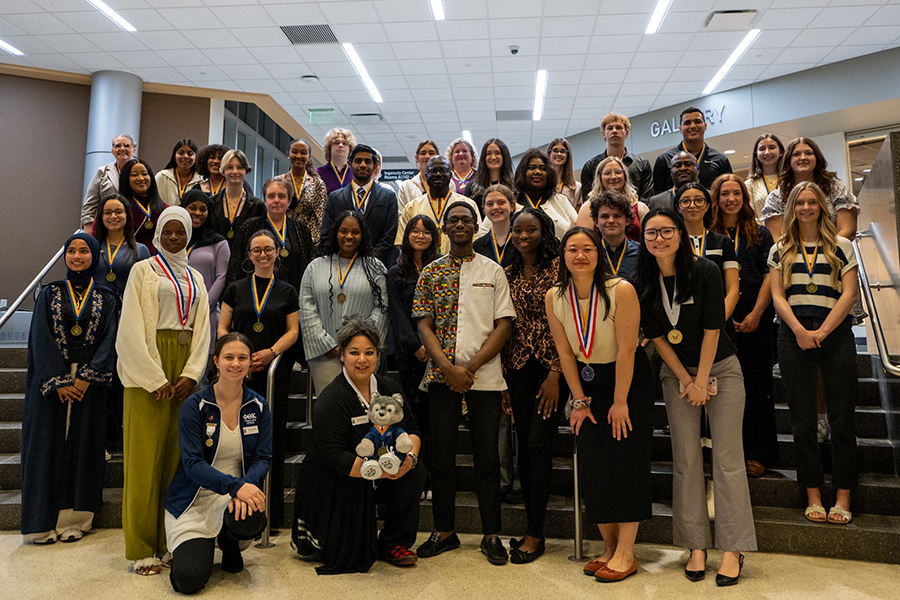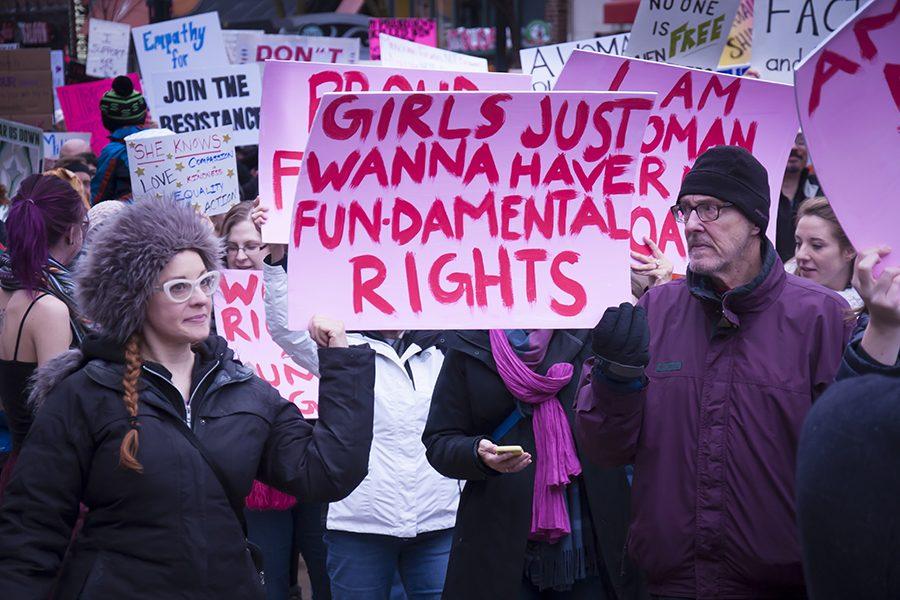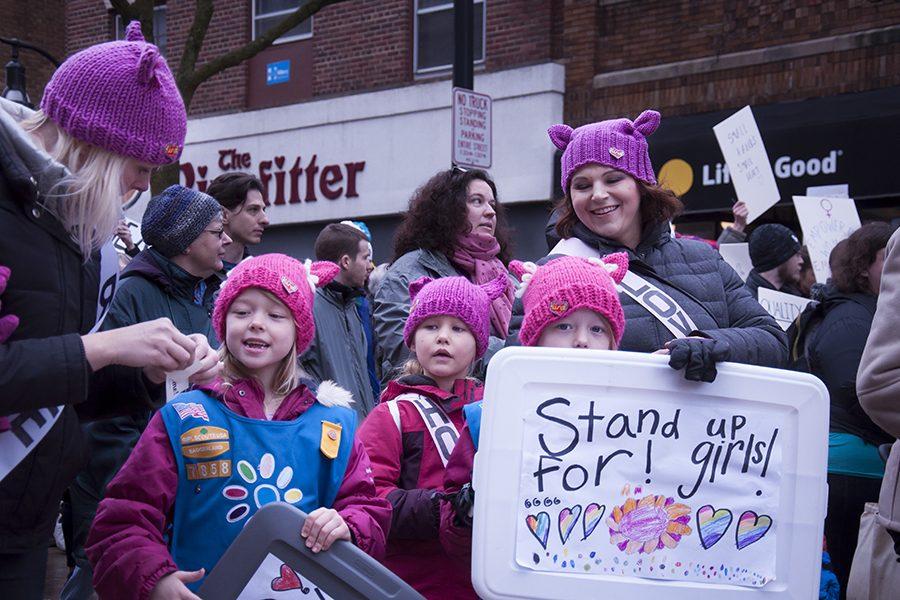Women’s march draws support
Protestors rally worldwide and in Madison to advocate for equal rights
January 31, 2017
Through thick fog and a dreary drizzle on Saturday Jan. 18, in Washington D.C., people of all genders, races, and ethnicity, came together to march in support of women’s equal rights and in support of the equal rights of the marginalized groups of people in the United States.
The city of Madison was also flooded with nearly 100,000 people navigating through the haze together and amassing around the Capitol. Marchers were part of one of the biggest protests in history, involving 5 million people. None of these people were arrested during the march.
People in Mexico, Antarctica, Australia, New Zealand, Germany, France, Kenya, Ghana, and Malawi marched in protest. According to Laura Smith-Spark on CNN.com “Protesters rally worldwide in solidarity with Washington March.”
Because of the rhetoric of the past campaign, marginalized people fear that prejudice towards them will be inflamed now that President Donald J. Trump has entered office. Especially because Trump became known for having his staff forcibly remove anyone who, supposedly, didn’t belong at his rallies. This included several individuals and groups of African Americans, while suggesting that they should be forcibly dragged into the street and beaten.
The marches drew widespread support, from Black Lives Matter to LGBT+ rights advocates, along with the Occupty movement and the ALCU.
In a variety of ways the march was as much a protest of Trump’s election as it was in support of women’s rights.
“Pussy Hats” started appearing last November to provide a way to show solidarity to women’s rights as well as to make more of a visual impact at marches and rallies.
The Pussyhat Project encourages women and women’s rights supporters to make these unique hats, share designs, and make more hats. All while discussing what can be done to change the current political climate while doing classically womanly things like knitting and sewing, creating hats in a color that has been assigned to feminine gender.
Exact reasons for people gathering in support of women’s rights differs from one person to the another but the theme stays the same; people are marching for rights over their own bodies and equality between all races and classes in the United States.
Among the issues raised are taxes on feminine hygiene products that women and others need to function in regular society, and the possibility that women may again be charged more for healthcare because they have medical needs that aren’t the same as men. While women have births and gynecology exams, men have prostate cancer and prostate exams. The protestors argue that the capacity to grow a human inside of you is not a “pre-existing condition” to women. It’s a part of their bodies and has nothing to do with a choice that women make.
No one chooses to be marginalized by society and their government.
This march for women was a vocal rejection against the Trump administration’s rolling back of women’s rights legislation, and an attempt to engage women and everyone else in women’s rights issues.
One of the most often pieces of advice touted at the U.S. rallies was to call senators and local representative and give them an active involved voter base who demands to be affectively represented according to the needs of society.

































